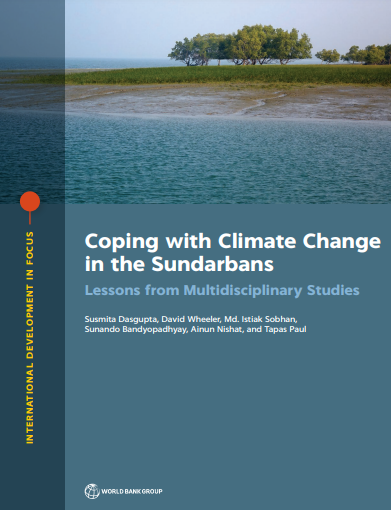Coping with Climate Change in the Sundarbans
Editorial: The World Bank Group
Licencia: Creative Commons (by)
Autor(es): Dasgupta, Susmita, [et al.]
Climate change poses serious threats to inclusive economic progress and poverty reduction. Strong countermeasures are required to increase the capacity of low-income people to mitigate their risk exposure to the impacts of climate change. Central pillars in planning for sustainable development and poverty alleviation must include vulnerability assessments, appropriate adaptation measures, and resilience-smart investments. This means placing climate change adaptation and resilience at the center of overall development policy. Coping with Climate Change in the Sundarbans contributes to this effort by synthesizing multiyear, multidisciplinary climate change studies on the Sundarbans—the world's largest remaining contiguous mangrove forest and wetland of international importance, as well as home to some of South Asia's poorest and most vulnerable communities. The studies' findings indicate that, in a changing climate, sea-level rise, storm-surge intensification, and water salinization will alter the Sundarbans ecosystem significantly. The ripple effect of these changes will have multifaceted adverse impacts on the nature-dependent livelihoods, health, and nutrition of nearby communities.
[Washington: 2020]
Compartir:
Una vez que el usuario haya visto al menos un documento, este fragmento será visible.


